PulseDive Scuba Detector: Comprehensive Guide
Introduction
The PulseDive Scuba Detector is a versatile and reliable tool. Designed for underwater metal detecting enthusiasts. Whether you are a professional diver or a hobbyist, this detector offers. Advanced features and robust performance for underwater treasure hunting. This guide covers everything you need to know about the PulseDive Scuba Detector. Including its features, specifications, how to use it, and tips for optimal performance.
Features
Dual Functionality
The PulseDive Scuba Detector is unique in its dual functionality. It can be used as both a scuba detector and a handheld pinpointing device. This versatility makes it suitable for a wide range of underwater detecting scenarios.
Pulse Induction Technology
Utilizing pulse induction (PI) technology. The PulseDive offers superior detection capabilities in saltwater and highly mineralized environments. This technology allows the detector to maintain stability and accuracy in challenging conditions.
Waterproof Design
The PulseDive is fully waterproof up to 200 feet (60 meters), making it ideal for deep-sea diving as well as shallow water hunting. Its robust construction ensures durability and reliability in underwater conditions.
Wireless Capability
The detector is compatible with Nokta Makro’s wireless headphones. Providing a convenient and tangle-free experience. This feature enhances comfort and ease of use during dives.
LED, Vibration, and Audio Alerts
The PulseDive Scuba Detector offers multiple alert modes. Including LED indicators, vibration, and audio signals. These alerts ensure that you do not miss any detections, even in noisy or low-visibility environments.
Specifications
-
Operating Frequency: 3 kHz
-
Weight: 0.66 pounds (0.3 kg)
-
Battery Life: Up to 20 hours on a single charge
-
Search Modes: Scuba mode, Pinpoint mode
-
Waterproof: Up to 200 feet (60 meters)
-
Coil Size: 5.5 inches (14 cm)
How to Use the PulseDive Scuba Detector
Assembly
-
Attach the Coil: Connect the search coil to the main unit, ensuring it is securely fastened.
-
Check Battery: Ensure the battery is fully charged before diving.
-
Select Mode: Choose between scuba mode for broader searches and pinpoint mode for precise locating.
Powering On and Calibration
-
Power On: Press and hold the power button to turn on the detector.
-
Calibration:. Perform a quick calibration by holding the detector away from any metal objects and pressing the calibration button. This step ensures optimal performance in the current environment.
-
Adjust Settings:. Adjust sensitivity and alert modes. (LED, vibration, audio) based on your preferences and diving conditions.
Search Techniques
-
Sweeping the Coil: Move the coil in a slow, steady motion, keeping it parallel to the seabed or the target surface.
-
Overlap Sweeps:. Ensure your sweeps overlap slightly to cover the area thoroughly and avoid missing any targets.
-
Responding to Alerts:. When the detector alerts you to a find, use pinpoint mode to locate the exact position of the metal object. Dig carefully to retrieve the item.
Tips for Effective Underwater Detecting
Choose the Right Dive Site
Research potential dive sites before heading out. Areas with historical significance or known shipwrecks. Can increase your chances of finding valuable items.
Maintain Proper Buoyancy
Good buoyancy control is crucial for underwater metal detecting. It allows you to move smoothly and keep the coil steady, ensuring accurate detection.
Use a Tether
Consider using a tether to secure the detector to your wrist or diving gear. This prevents accidental loss and makes it easier to manage the detector during dives.
Practice in Shallow Water
If you are new to underwater detecting, practice in shallow water first. This will help you get accustomed to the detector’s responses and handling techniques before diving deeper.
Regular Maintenance
Rinse the detector with fresh water after each use to remove salt and debris. Check for any signs of wear or damage, especially around seals and joints, to ensure it remains waterproof.
Common Issues and Troubleshooting
False Signals
False signals can occur due to high mineral content or interference from nearby metal objects. Adjusting the sensitivity and performing a fresh calibration can help reduce false signals.
Short Battery Life
If the battery life seems shorter than expected, ensure it is fully charged before each use. Extreme temperatures can also affect battery performance, so store the detector in a cool, dry place.
Unstable Readings
Unstable readings may be caused by a loose coil or cable. Ensure all connections are secure and that the coil is not moving excessively during operation.
Conclusion
The PulseDive Scuba Detector is a powerful and versatile tool for underwater metal detecting. Its advanced features, combined with ease of use, make it suitable for both novice and experienced divers. By following the tips and guidelines provided in this guide. you can maximize your underwater treasure hunting experience. Happy diving!
Personal Experience
I have Personally used this detector. It gives you a good depth into the ground. it is a very strong detector it doesn’t matter if dropped it is made of good quality it also gives you a good drop. Also gives you warranty. Initially it gives you little problem to operate but once you get the hang of it then it becomes very easy. for you first I learned it my self and then it It is very easy to use and Good metal detector on the ground.



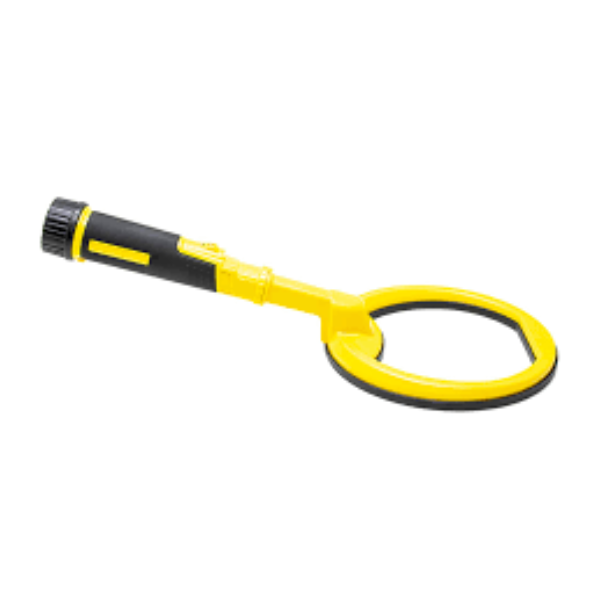
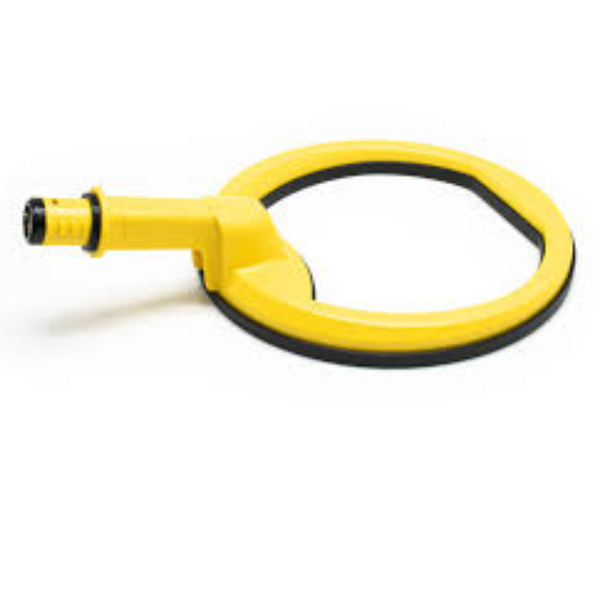
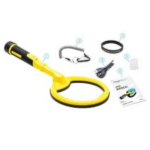
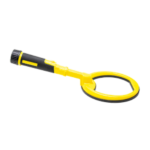
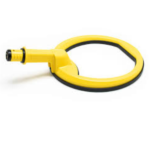

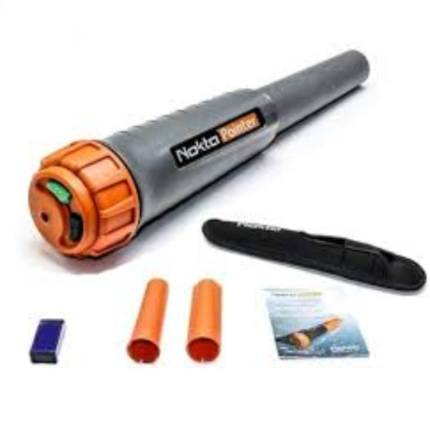
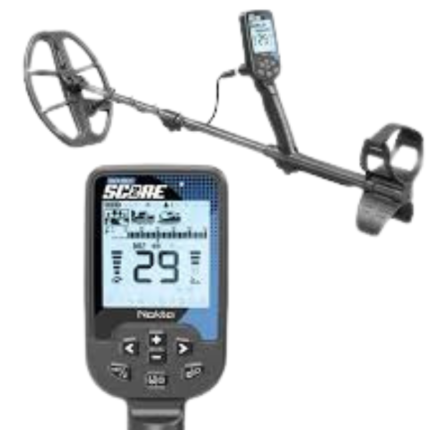

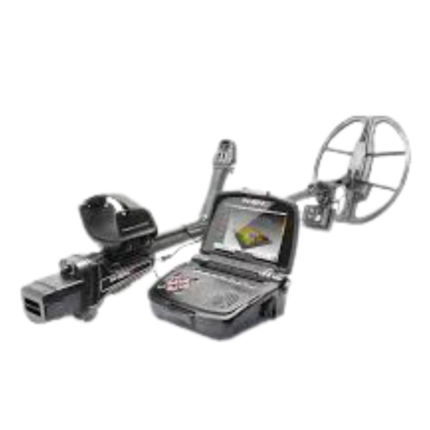
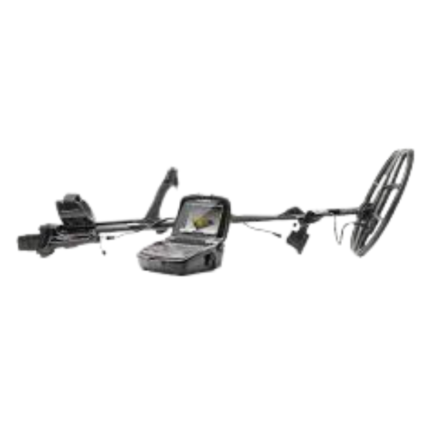
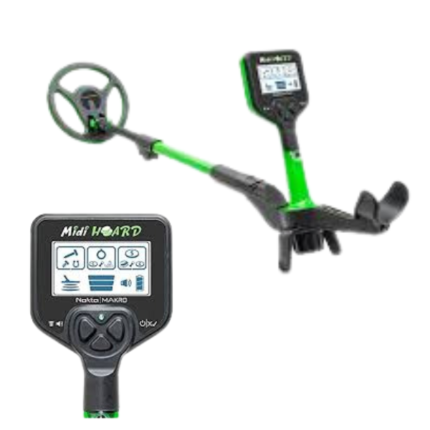

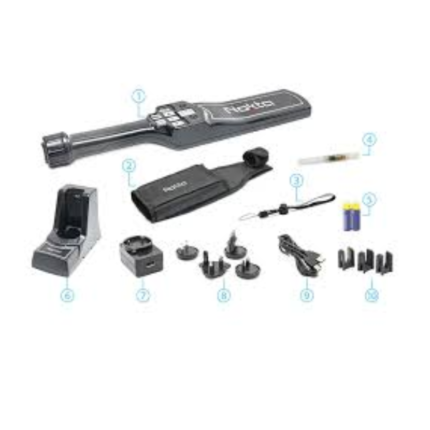

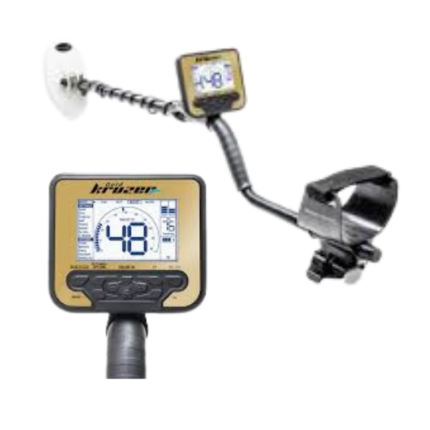
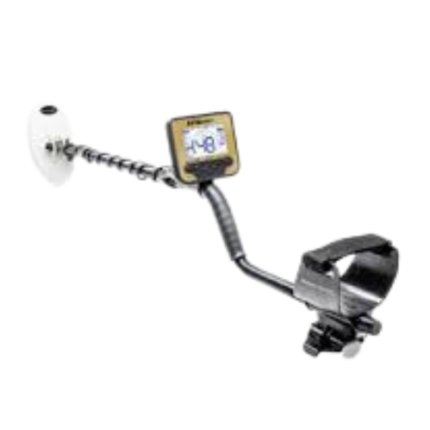
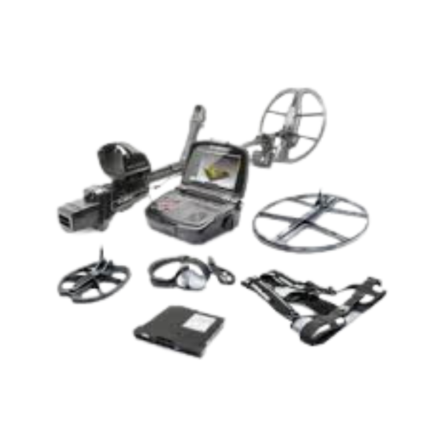
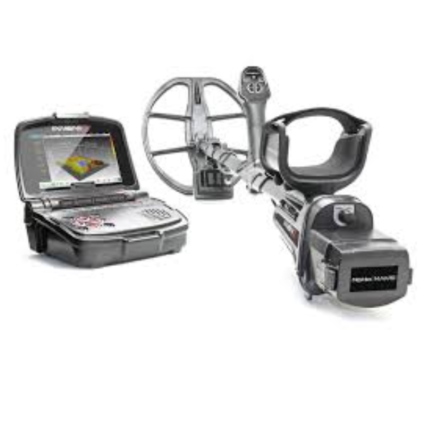
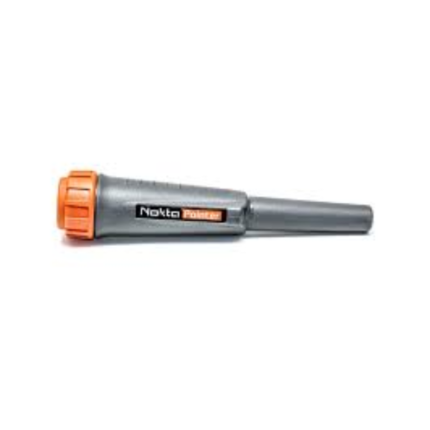
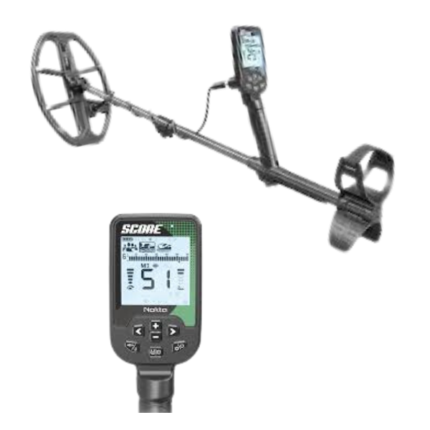
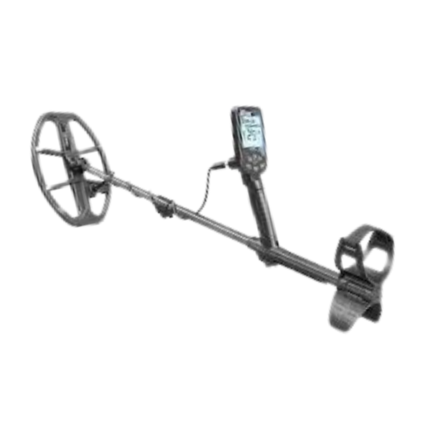
Reviews
There are no reviews yet.